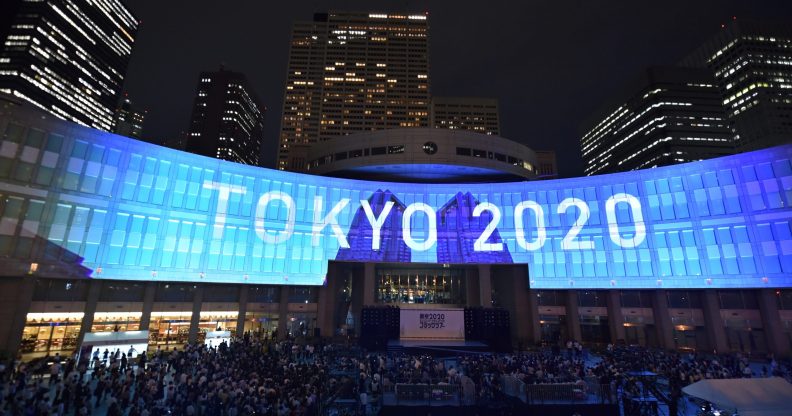The International Olympic Committee will wait until after Tokyo 2020 to reveal new rules for trans athletes

The IOC has delayed its consultation on transgender athletes until after the Tokyo Olympics (KAZUHIRO NOGI/AFP/Getty)
The IOC has delayed its consultation on transgender athletes until after the Tokyo Olympics (KAZUHIRO NOGI/AFP/Getty)
The International Olympic Committee (IOC) has announced that it will wait until after the 2020 Tokyo Olympics to deliver new guidelines on transgender athletes.
The IOC is currently working on a consultation to develop a framework for transgender athletes that will protect inclusivity, safety and fairness in sport. This will be based on data and research from the scientific and human rights sectors.
It had hoped to finish the consultation ahead of this year’s Olympic Games, but decided to wait in order to avoid disrupting the qualifying events.
Speaking on Wednesday, the IOC‘s medical and scientific director, Richard Budgett, said that changing the policy so close to the event would not be “ethically or legally fair.”
He said the talks have been “a very difficult process, a very sensitive process, and there’s no easy answer,” adding: “Whatever is put in place will undoubtedly upset a lot of people… Somehow we have got to find a fair balance.”
At least three trans women will be competing at Tokyo 2020 amongst the 11,000 cis athletes, including BMX freestyle rider Chelsea Wolfe of the United States, Brazilian volleyball player Tifanny Abreu, and weightlifter Laurel Hubbard of New Zealand.
A consensus statement published in 2015 allowed trans women to compete in female categories under a series of conditions, which included the athlete publicly declaring that their gender identity is female, with the declaration unable to be changed for a minimum of four years.
These previous guidelines set a permitted level of testosterone level in serum at below 10 nanomoles per litre for one year.
“For us just to go and change the level of testosterone without getting the proper framework in place would be wrong,” Budgett said.
“We’re talking about so few out of 11,000 athletes … that actually it’s much better to get this right, or as right as we can, rather than rushing something out just before the games.”
Testosterone testing is a divisive issue
Around 98 per cent of women have under 2 nanomoles of testosterone, while for men the amount averages between 7.7 and 29 nanomoles. However, there are many natural variations and hormone levels change for both males and females as they age.
Intersex campaigners have noted that there is no scientific basis that female athletes born with variations of sex characteristics have any advantage over other female athletes.
Mandatory testosterone testing has been condemned by the UN Rights Council as an “unnecessary, humiliating and harmful,” and many academics question its inclusion in sport at all.
The case of Caster Semenya, a cis female athlete with naturally high testosterone levels, has brought this issue to the fore.
The 800-meter champion from South Africa is fighting a separate case in Switzerland to challenges track and field’s rules on naturally high testosterone in female runners with “differences in sex development.” She could get a ruling within weeks in an appeal case at the Swiss supreme court.


